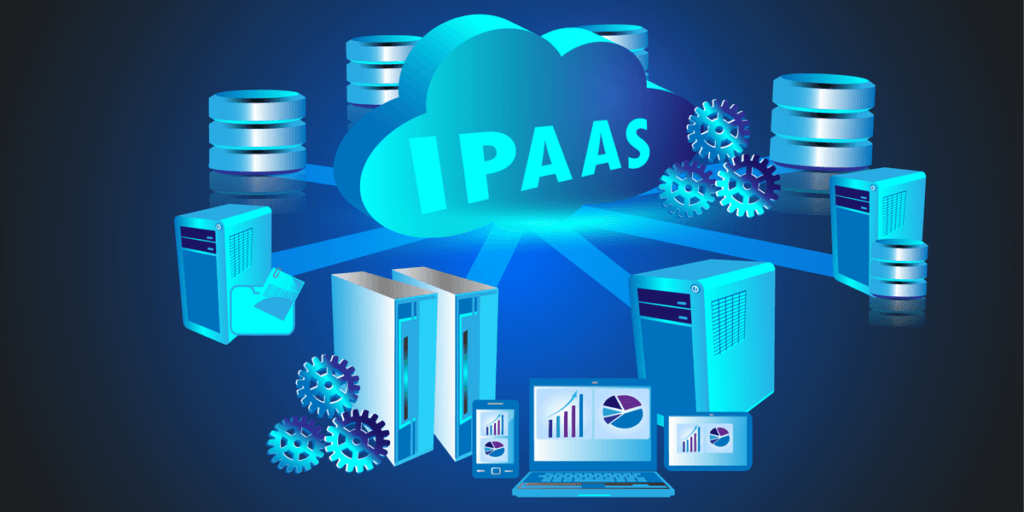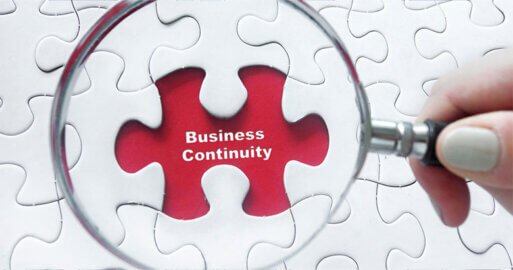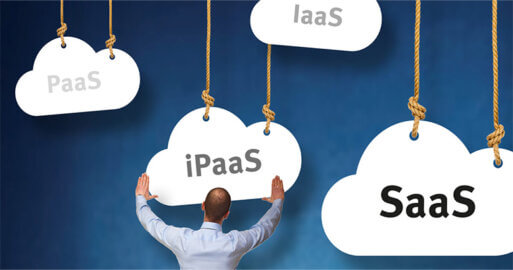iPaaS: Application Integration – Quick and Easy to Orchestrate

For your application integration to be secure and efficient, workflows, processes and mappings must be created, improved and modified quickly. It’s all possible with the right iPaaS solution. Find out how your IT department can participate in the integration process and ultimately determine the speed of integration.
In Part I of our blog series, we discussed the hybrid integration platform (HIP) approach and explained how an iPaaS solution can complement your cloud strategy. In Part II, we discussed the benefits of an iPaaS solution in terms of your business continuity management. Now, here is the second reason why iPaaS should be the heart of your cloud strategy.
Application integration: quick and easy to orchestrate
The integration of applications and software has always been a complex task. Today, however, there are many new challenges to tackle, because established technologies are becoming more and more sophisticated, and new ones are emerging. Take the Internet of Things (IoT) for example. Many technological standards for IoT are emerging in parallel, which must all be harmonized for smooth data exchange.
In addition, applications must fit into increasingly complex ecosystems, lifecycles are becoming shorter and the number of releases is increasing. Here, an HIP approach can enable and accelerate integration development purely by orchestration. In addition to an iPaaS, an HIP can possibly contain further components such as comprehensive API management.
Indirectly, software/application development also benefits from these new possibilities, as the processes connected via HIP and iPaaS can be quickly adapted to the changed versions or releases of the software.
This facilitates the integrated testing of the software, which today has to meet increasingly higher demands on quality and reliability. Very important here are workflows, processes and mappings that can be created, improved and changed quickly. With the help of a good iPaaS solution, all this can be realized.
Software integration via iPaaS: lower technical hurdles
No software needs to be installed to use iPaaS integration services. Many of the tools needed to integrate processes, workflows and mappings are made available over the Internet, including best practices, and are accessible through Internet browsers.
Reusable templates, cloud connectors, maps and adapters are available in the iPaaS environment and can be used repeatedly within different building blocks. This is also advantageous for a step-by-step integration approach:
For example, Department A can first carry out and test the integration of a new application. Then, taking this experience into account, they can extend the workflows and processes unchanged or with minimal adjustments to other departments.

HIP approach favors cooperation between IT and business
Growing variance in solutions and technical complexity also mean an increasing need for cooperation across the organization. Productive cooperation between IT and business departments is crucial to the success of an integration project. In practice, however, the IT department is often not able to meet the expectations and requirements of the business departments, because of time constraints and more.
If, on the other hand, IT and business departments decide from the outset to integrate applications, workflows and processes via iPaaS – supplemented by appropriate API management and, if necessary, additional HIP modules – the business departments can participate in the integration process and ultimately determine the speed of the integration.
Some iPaaS vendors also provide external integration specialists. This gives in-house IT more time to focus on other tasks.
Highly secure operation by SEEBURGER
With its Hybrid Integration Platform, SEEBURGER supports essential requirements such as a central administration of user groups, and the provisioning of integration patterns for different integration approaches, such as EDI, API and IoT. Based on its iPaaS solution, SEEBURGER also takes over the operation of this platform, guarantees its highest availability and manages the platform and the underlying infrastructure while adhering to strict compliance requirements.
Read the complete story in E3 Magazine
Thank you for your message
We appreciate your interest in SEEBURGER
Get in contact with us:
Please enter details about your project in the message section so we can direct your inquiry to the right consultant.
Written by: Dr. Martin Kuntz
Dr. Martin Kuntz has worked for SEEBURGER since 2000, and is a member of the Board of Directors since 2015. His strengths lie in the Cloud, business applications, and the digitalization of specialty and technical business processes. He has degrees in physics and business administration. Earlier, he worked for several years in the Simulation department of the Karlsruhe Institute for Technology and for Airbus subsidiary Airbus Defence and Space.





